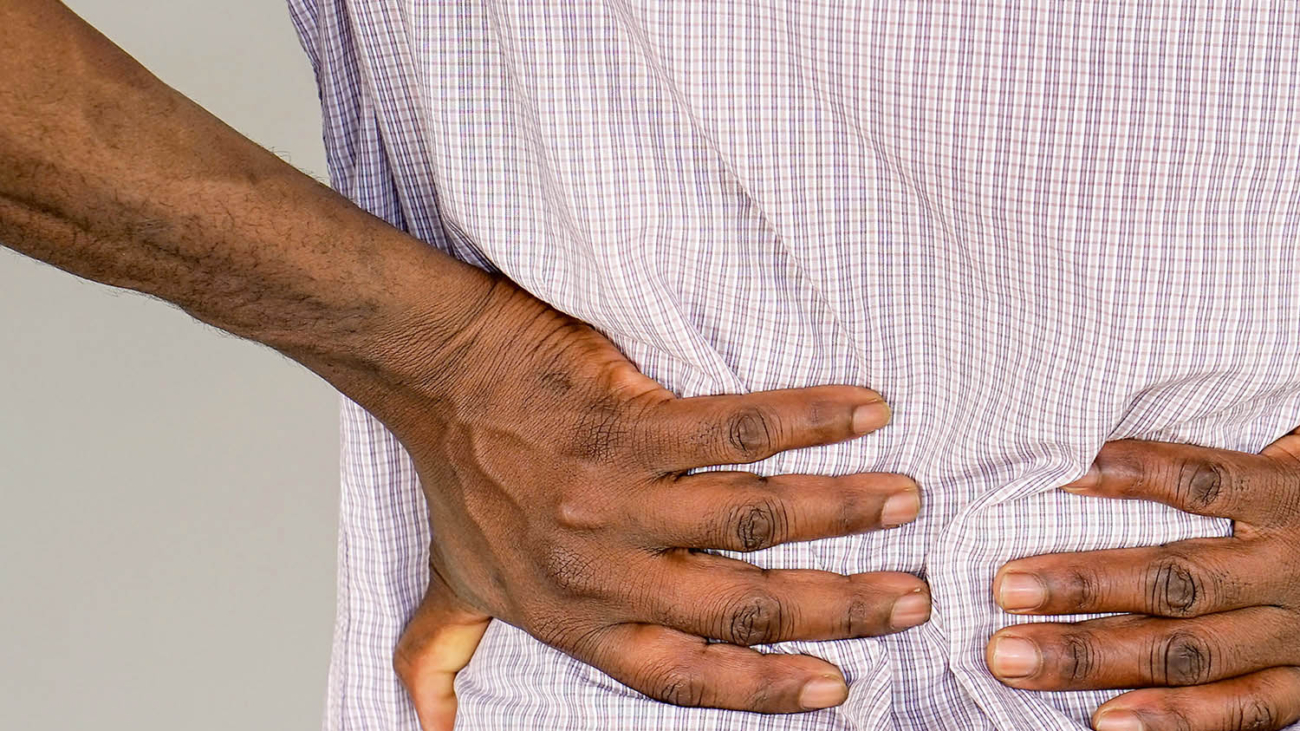Abstract
Low-back pain affects 84% of the world’s population. At present, no method of treatment can be considered as the method of choice. Acupuncture is effective, scientific, cost-effective, and free from major side-effects. Three illustrative cases, showing the beneficial effects of acupuncture are presented. Attention is drawn to the possible presence of underlying sacroiliac-joint dysfunction, which could masquerade as sciatica, hip pain, and/or groin pain.
Current modern biomedicine concepts include:
- Most LBP is caused by mechanical spinal disorders, which are often self-limited.
- “Red flags” include history of trauma, fever, weight loss, immunosuppression, osteoporosis, long-term use of steroids, a previous cancer diagnosis, intravenous drug use, 70 + age, focal neurologic deficits, an abdominal aorta diameter >5 cm, lower-extremity pulse deficits, meningismus, and severe nocturnal or disabling pain; these cases should be investigated further.
- Abdominal aortic aneurism should be ruled out in elderly patients, even if no physical signs suggest that diagnosis.15
- Normal spinal-cord function should be established by tests of sacral-nerve function (anal wink reflex, rectal tone, bulbocavernosus reflex, motor strength, and knee and ankle reflexes).
- In patients with nonradicular pain, treatment can be started without extensive evaluations.
Recommended biomedical treatments are:
- Acetaminophen or nonsteroidal anti-inflammatory drugs; or, rarely, a short course of opioids
- Physiotherapy stabilization exercises
- A short course of oral steroids
- Epidural corticosteroid injection in intractable cases (this can have serious untoward effects in some cases)
- A short course of muscle relaxants (cyclobenzarpine, methocarbamol, metaxalone, benzodiazepines)
- Spinal mobilization and manipulation.

Add a Comment